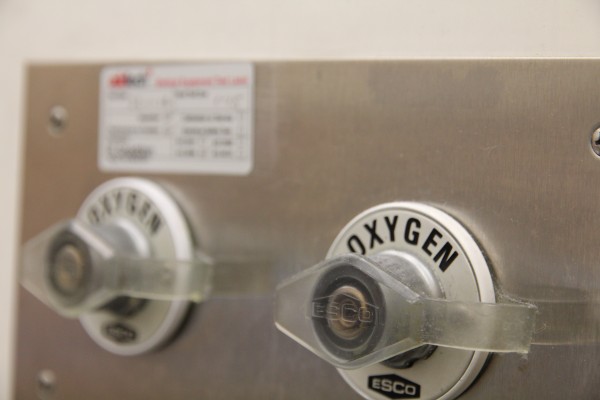In October 2013, the Australian Society of Anaesthetists hosted their annual National Scientific Conference right here in Canberra. Many of Canberra’s anaesthetists were involved in the organising of what turned out to be an very successful meeting of anaesthetists from all over the world.
Amongst the invited international speakers at the meeting was Professor Mike Grocott (http://www.youtube.com/watch?v=rciZliQWvWs) who has recently published a review “Oxygen therapy in Anaesthesia” in the British Journal of Anaesthesia {BJA 2013;111(6):867-871}. Prof Grocott has published widely on his research interests relating to oxygenation and he is director of the Xtreme Everest programme of hypoxia research (studying the effects and responses to low levels of oxygen at altitude).
Anaesthetists spend most of their clinical lives in anaesthesia serving the goal of delivering adequate amounts of oxygen to tissues and vital organs. We do that by making sure that the heart pumps enough blood with enough oxygen carrying red cells around the body.
The BJA review challenges the view that if some oxygen is good, more must be better. The goal should be to deliver the right amount, to the right patients at the right time.
That thesis makes as much sense from a health economic viewpoint as from a physiological one. We follow the same plan when delivering anaesthesia agents – some patients want “the lot”. What we actually do is titrate the drugs that we use to their effects or other end-points: not too little, not too much…just enough.

